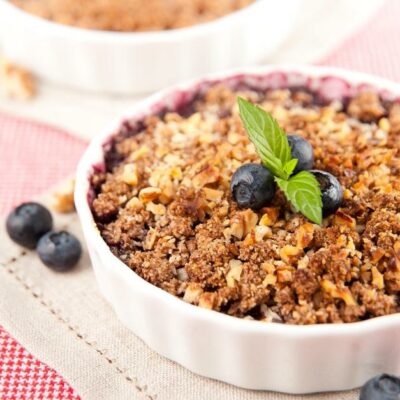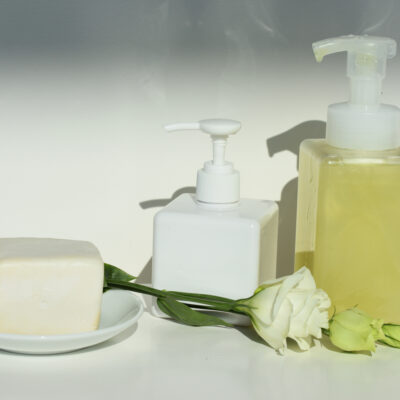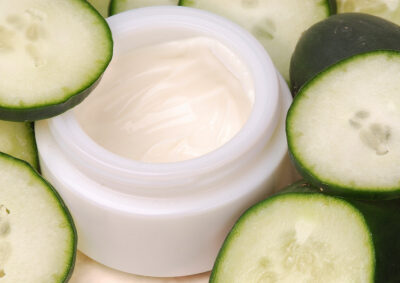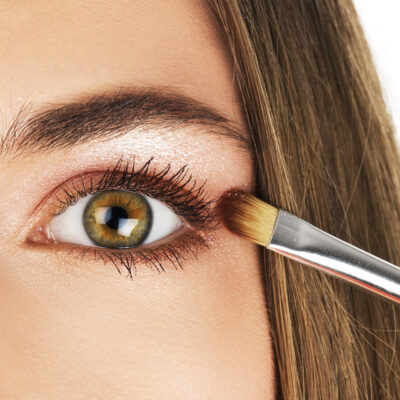
Life
The Benefits of a Sugar-Free Diet
A sugar-free diet, as the name suggests, is a diet that limits all added sugar from desserts, snack bars, and other foods containing sugar. It may also include eliminating high-carb foods like fruits and grains, which may be healthy but also high in natural sugar. What are the benefits of following a sugar-free diet? 1. Weight maintenance A sugar-free diet is popular predominantly because it supports healthy weight. The diet encourages you to give up foods with high-carb content as well, which means you will be eating whole and unprocessed food that is healthy. This means cutting down on sugar. 2. Better skin Skin health tends to improve when you follow a sugar-free diet. Since there is less insulin produced, the function of collagen is not affected. When you eat too much sugar, it can trigger your body to produce more insulin, which causes inflammation and breaks down elastin and collagen in your skin. Sugar, on digestion, binds to the collagen, disrupts its functionality, and increases the risks of skin problems and wrinkles. 3. Stable energy levels A sugar-free diet can keep you energized. High-sugar foods contain a high GI or glycemic index, which leads to blood sugar spikes and a sudden rise in energy levels.
Read More 















